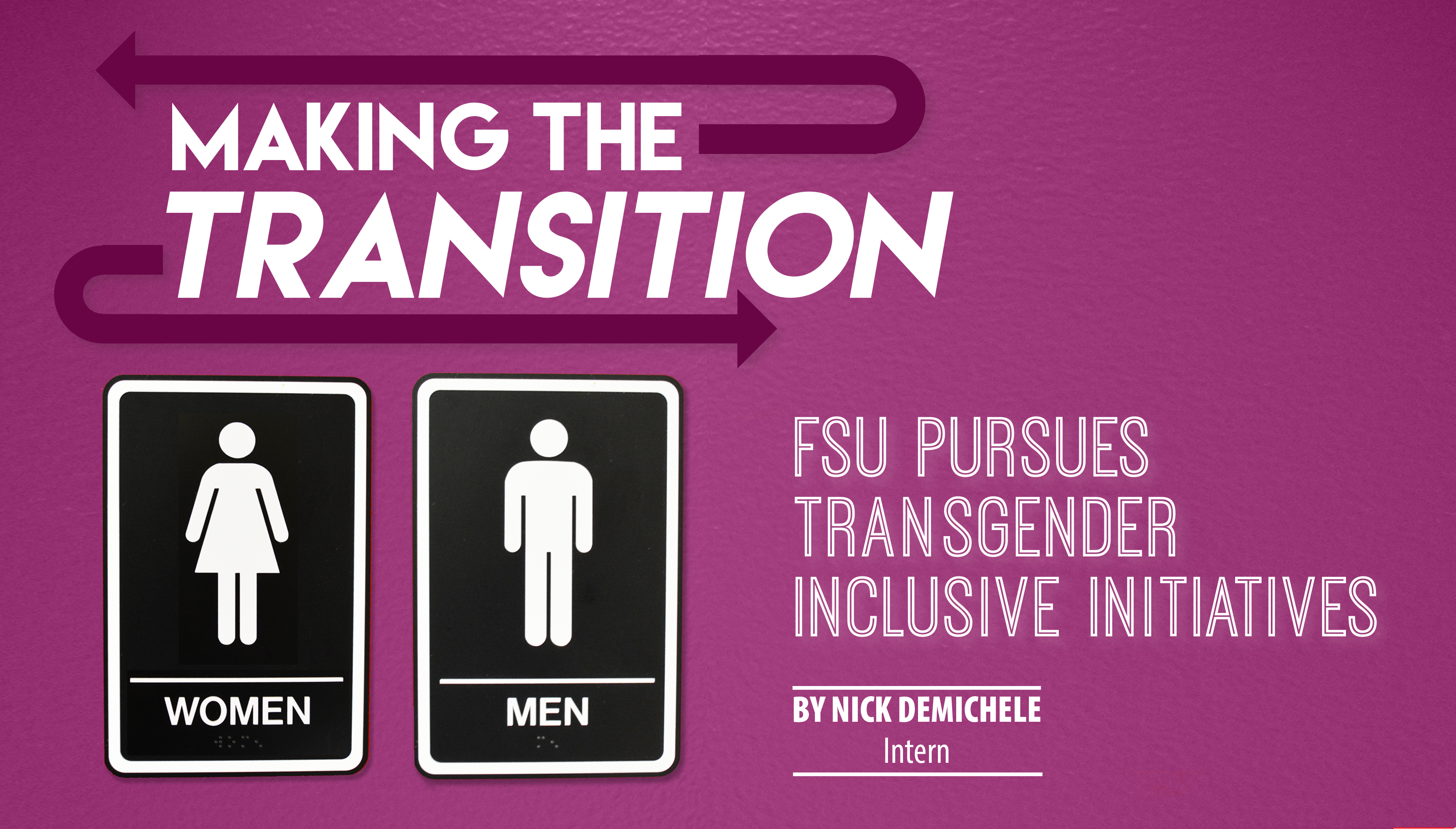Breaking Social Norms: Pink or No Pink?
“Your looks are an important part of who you are.” He winds a lock of my hair around his finger. “You wouldn’t be who you are, the same personality, if you’d grown up looking different. You’re a blend of your body and your soul.” ― Carol Riggs, “The Body Institute”
In expressing who we are, symbols make up a universal language which communicates intentional or unintentional statements about who we are. The ambiguous nature of such “symbols” tend to create controversy. People can often misinterpret the intended meanings of these symbols, or perhaps the various meanings conflict? Either way, the various “symbols” or tangible aspects of who we are can create external controversy or internal controversy within ourselves.
Many symbols carry “assigning attributes” to women based on their physical appearance. So, let’s talk about my favorite symbol, one that plays a crucial role in identifying, expressing, and defining WHO I AM. Although it is merely a physical feature of mine, apparently this symbol … symbolizes aspects of my personality, intelligence, sexuality, gender, culture, ethnicity, and race. Some may even believe that MY HAIR symbolizes my most inner-self!
There are many stereotypes that are strongly related to women’s hairstyle, hair length, and hair color. For example, there’s the notion that women wearing shorter hairstyles are more masculine than women wearing longer hairstyles. Meanwhile, we’ve all seen Legally Blonde and Clueless; we’re all aware of the “dumb blonde joke” or the “fiery red-head” comments. How were these women perceived and how were they treated based on people’s perception of them and did that line up with what their character had to offer as far as intelligence and personality?
Jodi Manning’s study, “Sociology of Hair: Symbolism Among College Students,” describes how hair is the primary way in which women assert their identity (Manning, 2010). Manning says, “they (women) are socialized to accept this connection to hair at an early age and develop an emotional attachment to their hair.”
Within the African American community, hair serves as a very complex and perpetually intricate symbol. In mainstream society, American culture embraces long straight hair. As such, many young girls particularly African American girls, have been led to believe that their natural hair is unacceptable and that they should conform to the norms of society. All Barbie dolls even the African American dolls, typically have long straight hair. Young girls are getting sent home from school because their natural hair, afros, and braids are described as “unruly” or “distracting”. How about the actress playing the “Domino” character in the upcoming Deadpool 2 movie faced scrutiny because her afro was “distracting” while the actresses with straight hair flowing in her face during a fight scene in the movie is not seen as distracting. Many women buy bundles of Malaysian, Brazilian, or Peruvian hair (which typically look nothing like their natural hair) to sew it into their heads. Causing one to wonder: Do African American women feel as if
their natural hair is beautiful? Or, is wearing a wig a symbol of an African American woman’s shame?
Rosette and Dumas (2007) explain that in addition to “managing the paradox of femininity and attractiveness, minority women must also negotiate the presentation of their racial identities. Minority women feel that they must compensate for both their gender and race in attempting to present a professional image that will render them credible to their co-workers” (Rosette & Dumas, 2007).
Rosette and Dumas cite cases McManus v. MCI Communicate Corp., and Rogers v. American Airlines, Inc., both cases where African American women argue that they were fired from her jobs for wearing their hair in braids and dreadlocks.
Rosette and Dumas go on to explain that “black women must choose between hairstyles that conform to their norms and expectations of society or hairstyles central to their ethnic identities” (Rosette & Dumas, 2007). Erving Goffman introduces the term “covering,” which may explain this phenomenon. He describes covering as “an individual’s choice to render their stigmatized characteristics less salient to preserve their status in a social order” (Rosette & Dumas, 2007). Is this phenomenon a symbol of covering or a symbol of shifting? He describes “shifting,” as an individual altering one’s behavior to avoid offending others. In applying both terms to this phenomenon, to what extent, does one’s “hair” portray a symbol of conformity? While others may assert that it is a symbol of resourcefulness, creativity, and skills?
Manning argues that “women use their hair to establish both a group identity and as a form of everyday resistance from social norms established by dominant culture.” (Manning, 2010). One can’t help but wonder, to what extent is this concept depicted within the African American community? What is the natural hair movement?
The self-hatred theory was heavily discussed during the 1960s Black Power movement, as the afro became a symbol of pride and liberation. While thermally- or chemically-altered hair symbolized disgrace of one’s Black racial origin.
Are African American females using their natural hair, as a symbol to symbolize an empowered sense of group identity? Or, is natural hair a symbol of resistance? To resist social norms established by dominant- WHITE CULTURE? Or… is hair a symbol of self-hate? How is chemically-altering one’s hair an attempt to cover or shift one’s ethnic identities; hence conforming to societal norms perhaps?
In Josie Brown’s “Rapunzel’s Daughters,” Brown touches on how “women not only struggle with what it means to be a female but, also with what it means to be white, black, or Hispanic; straight or lesbian; working-class or middle-class, and so on (xix).
Manning expresses that women “tend to change and adopt to different hairstyles to play with different identities as a means of coping with society’s definition of what is acceptable and the conflicts that evolve as girls mature into women and attempt to conform to society’s expectations of them” (Manning, 2010).
According to Manning, women use different hairstyles to experiment with their diverse identities to cope with society’s expectations of them, do you agree? In understanding one’s social identity, Tajfel’s definition, explains that part of an individual’s self-concept stems from one’s understanding of one’s membership of a social group and the value and emotional significance attached to this membership (Tajfel, 1981). Bicchieri explains that an essential feature of this concept of social identity is one’s identification with a group which is in some sense a conscious choice (Bicchieri, 2014). For women, one’s head hair is how they identify with a social group.
Does hair serve as a symbol, conceptually symbolizing many aspects of a woman’s identity as well as her ability to cope with society’s expectations? In the world of women, the concept of hair is a social construct within itself… who knew? Who knew that women of a certain race, ethnicity, and sexuality are confined to their hairstyles?
So, what are the hair rules? Let’s examine me… let’s consider aspects of my race, ethnicity, sexuality, socioeconomic status, and personality. What is the complexion of my skin, what is my sexual orientation, career aspirations, and how about my personality type… how do these versatile factors assign a hairstyle that is suitable for me?
Bicchieri defines social norms, as the common rules that govern behavior in groups and societies (Bicchieri, 2014). Well, I intend to break these hair norms and hair rules that govern my society! I will challenge myself and challenge those around me. I have decided to wear my hair pink…yes, pink hair. I will wear my hair styled in a medium-length, bright light pink bob. Don’t worry… although most people won’t know, I am planning to wear a pink wig and my natural hair will be braided in a protective style underneath. I am now committing myself to wearing this hairstyle for one week, and I will take it day by day, documenting my observations and experiences with pink hair.
Think of this as a fun sociological experiment! I am a 20-year-old African American female attending a PWI. I have type 3a/3b natural hair, and I have been natural all my life. I come from a predominately traditional family of middle-class socioeconomic status; my family values and education have me groomed to pursue a “white collar” career. I would describe myself as a relatively reserved, shy, and modest individual. My university is in a traditional, rural, predominately white area. Considering prescribed expectations, you can see how intriguing this experience will be for me! I wonder what my hair symbolizes and what message will it portray? How will people interact with me? Will their expectations of how I should behave socially change? Will mine? Hopefully, I can get through the week, and I can’t wait to see what internal and or external controversies may arise.
Should be fun! Stay with me; you will not want to miss this.
“Nothing is more fleeting than external form, which withers and altars like the flowers of the field at the appearance of autumn.” ― Umberto Eco



